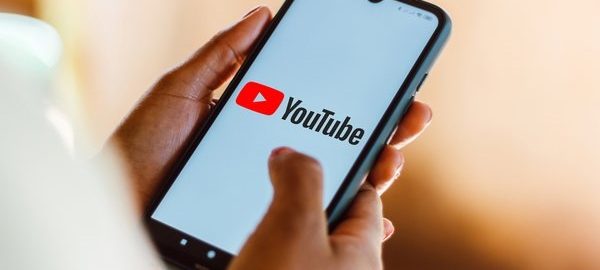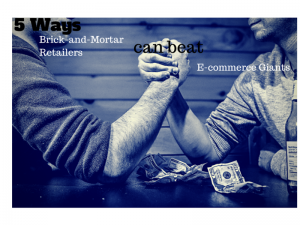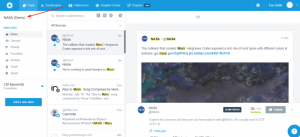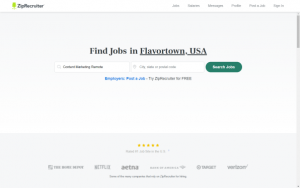Google, YouTube Wizardry Should Make Marketers ‘Look Behind The Curtain’
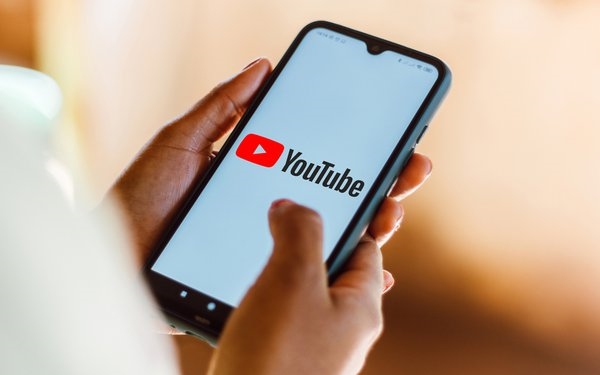
Agencies continue to closely monitor advertisements running through YouTube after a month-old report from Adalytics, an advertising performance optimization platform, suggested that the company misled advertisers for years by allowing its TrueView ads to run outside of its parent company Google’s guidelines on clickbait websites.
Google disputes reports that it issued refunds to some advertisers to fix billing discrepancies on claims of serving low-quality ad inventory through the Google Video Partner Program, but acknowledged as part of ongoing relationship building, it sometimes issues credits to advertisers, which is not uncommon.
“As we’ve stated repeatedly, Adalytics used a flawed methodology to make wildly inaccurate claims about Google Video Partners,” a Google spokesperson said.
Google has has offered a few select advertisers goodwill credits of less than $1,000 since the report was published as part of ongoing relationship building. This reinforces the findings of third-parties like Integral Ad Science (IAS), DoubleVerify, and Pixability, as well as Google’s claims that the report is based on a flawed methodology.
This has been validated by testing from independent, third-party measurement partners DoubleVerify as well as IAS, which the company recently expanded its partnership to provide brand safety and suitability measurement on GVP inventory.
Relying on automation and artificial intelligence (AI) in Google’s and YouTube’s platforms has made it that much more important to “always look behind the curtain to see what the wizard is doing,” says Sarah Kernan, director of paid search at Chacka Marketing. “You might not be bidding on every keyword, every day, but you need to look at where ads serve up and keep track of the decisions the algorithms make on your behalf.”
Instead of marketers making thousands of decisions daily, they now must set guardrails to hone in on what is important.
Aubree Rose, senior director or search at Chacka Marketing, said automation has made it easy to optimize campaigns, but it does not always save time.
“Sometimes there are a million other things to look at to make sure we’re not letting the robots run with it,” Rose says.
Some advertisers reportedly are receiving credit for billing discrepancies. And while it not uncommon for advertisers to receive additional credits, NP Digital is not owed anything above and beyond normal traffic — anything outside of Google’s standard invalid clicks and over-delivery adjustments.
“We did see a significant uptick in Google Display network traffic and corresponding invalid click activity from our YouTube Video Action campaigns during the February to April period,” wrote Brooke Hess, vice president of paid media at NP Digital.” We are closely monitoring network traffic of our YouTube campaigns in relation to performance.”
While there is not an explicit option to exclude display traffic entirely from YouTube Video Action campaigns, Hess said the agency implemented safeguards to minimize ads serving on the Google Display network that has since improved traffic quality and campaign performance.
“We proactively exclude Google’s network partners when running YouTube Video Reach campaigns where it’s still possible to do,” Hess wrote.
Adalytics’ report, which was released about a month ago, suggested low-quality ad inventory ran through the Google Video Partner Program, which places YouTube ads on third-party sites for Fortune 500 brands, U.S. federal and foreign governments, and many small businesses.
Some of the businesses that may have purchased these ads were The Wall Street Journal, Hyatt Hotels, Johnson & Johnson, Hewlett-Packard, Ernst & Young, Samsung, Macy’s, Mercedes-Benz, Microsoft, Instacart, and many others.
About 130 companies and about a dozen agencies, some within the WPP Group, as well as Havas, Jellyfish, and Horizon Media, among others.
The ads did not meet Google’s standards of viewability, as they sometimes played automatically on mute in the corner of a website, a location making it difficult to get the attention of a consumer. Google’s standards for Google Video Partner Program require that the video must begin with an intentional click and cannot automatically play.
The cost to media buyers, estimates Adalytics, could total in the billions of dollars for digital advertising, which were ultimately spent on small, muted, out-stream, auto-playing or interstitial video ad units running on independent websites and mobile apps.
This mis-declared TrueView in-stream inventory has been observed going back as far as 2020.
(6)
Report Post